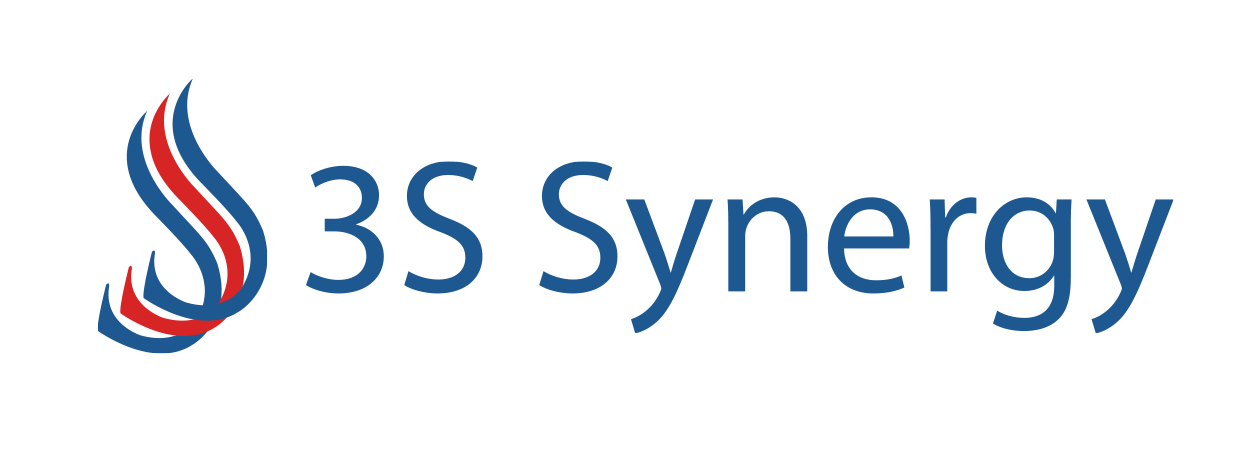Case Study - Paper Industry

Situation
- A listed paper manufacturing company belonging to a reputed industrial group with a BB credit rating & EBIDTA level losses for last 8 years required INR 250 million for its working and debt servicing.
- Promoter of the company had infused > INR 1 billion (by way of preference capital) in the last 8 years.
- The company had made numerous attempts in past for turnaround. However, after the detailed study it was found that the plant needed some structural changes along with operational restructuring.
- The current debt exposure of the company stood at INR 860 million.
- The promoters were looking at an option of raising the debt as they didn’t want to block their capital any further
- The promoter’s flagship company was a listed company in different industry segment and rated AA-.
- Promoters neither wanted to lend nor extend any guarantee from flagship company as it would have led to public disclosures and would have affected the valuation.
Challenges
- Delay in commencement of operations of the new plant due to technical reasons.
- Delay in commissioning of captive power plant for > 4 years due to delay in approvals by State authority.
To accommodate the expansion project and comply requirements of the State authority, the Company modified its existing factory and had to rely on the State for its power consumption which led to higher cost of production coupled with manufacturing inefficiencies.
- Adding recession to the picture, the Company began incurring significant operating losses at EBIDTA level
- BB rated company was not able to raise low cost funds from regular bankers due to consistent poor financial performance.
- Since flagship company of the group did not intend to lend or extend any comfort/guarantee.
Normal Solution
- Restructuring of debt along with support from flagship company
3S Value Add
- The strategy required financing in the nature of debt as promoters were confident debt could be repaid.
- Instead of direct funding to the Company, 3S structured the funding arrangement using other identified related party entities.
- Debt would be raised by these entities which simultaneously invest as preference capital/ unsecured loan/ICD in the paper company. Appropriate institutions were identified by 3S to ensure the end use of capital.
- To establish zero credit risk, an appropriate agreement was drafted to establish cashflow between flagship company and its related entities covering enough contours to ensure regular payment against such contract without any claim. Such cashflow would be escrowed to the lender. Credit enhancements were built in structure by PGs.
- The agreement ensured no further disclosures in the audited financials of AA- company for the said arrangement. Confirmation to the debt was taken from AA- company in the form which did not require reporting.
3S Impact
Thus, 3S helped in realising the end goal of management using non-traditional debt capital by
- building indirect comforts without disturbing corporate governance
- establishing enough credibility
- identifying right set of institutions to appreciate such indirect comfort
- the entire transaction being stitched within the purview of law.

